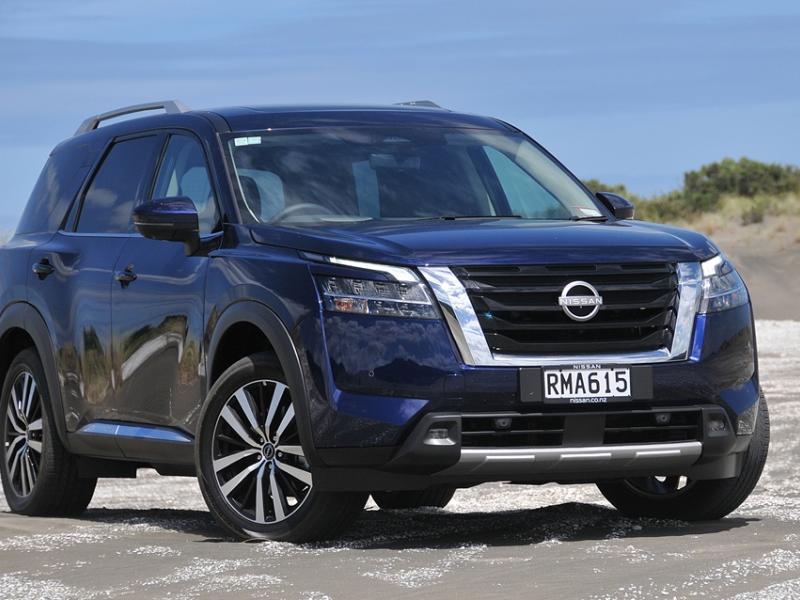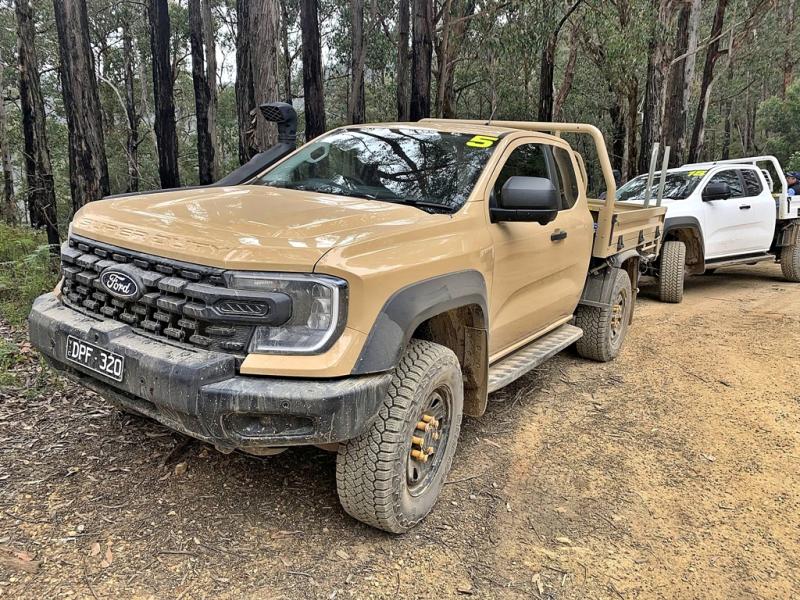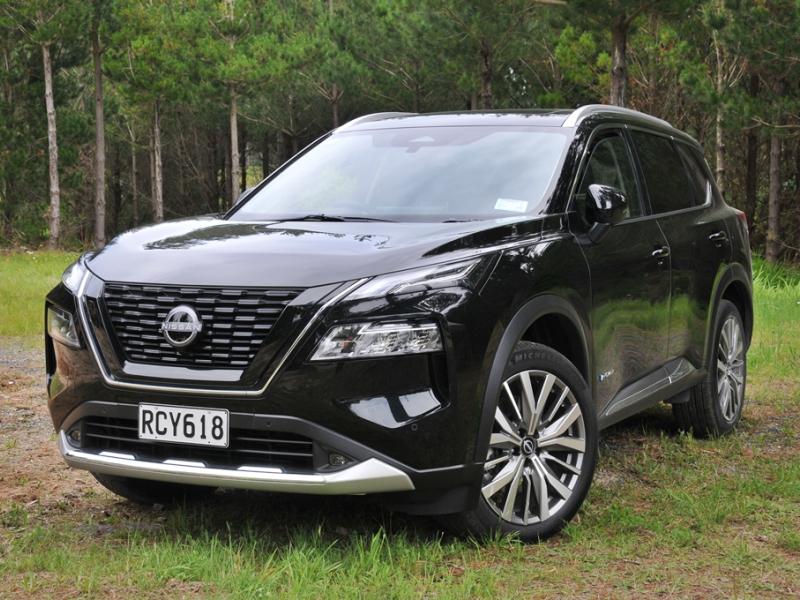While Mercedes-Benz may well be almost synonymous with luxury vehicles in this part of the world, the two vehicles that the company has continuously built for the longest go somewhat against that image. Story and photo by Damien O’Carroll
They are, of course, the magnificent and unapologetically utilitarian Unimog (since 1947) and the equally magnificent and unapologetically square G-Class SUV (since 1979), formerly known as the G-Wagen.
But while the Unimog has stayed true to its rural/commercial roots, the G-Class has, over the years, broadened its appeal somewhat and now not only caters to government, military and commercial operators the world over who want a tough, unstoppable off-road vehicle, but also the more niche segment of people with lots of money who want an inappropriately powerful and illogically fast vehicle that is also shaped like a Soviet-era block of flats.
Confused and confounded
This weirdly split personality that the G-Class has developed has confused and confounded Mercedes-Benz over the years. At one point it even tried to replace the G-Class with a newly developed SUV designed in tandem with Mitsubishi using the Pajero platform.
Fortunately for everyone, that partnership fell apart and the project morphed into the ML-Class (that was later renamed the M-Class and more recently the GLE-Class) which was still intended to replace the G-Class, but never did.
Proving itself to be as unkillable in the showroom as it was in the wild, the automotive cockroach that was the G-Class simply hung grimly to its place in the Mercedes line up until it started selling again.
And that happened in the early 2010s when that whole need for illogically fast blocks of flats took hold. In fact, when the G500 was first introduced into the USA in 2002 it sold just over 3,000 units before trailing off to under 1,000 a year, but in 2010 sales took off and by 2014 they were selling 3,600 a year in the US and sales have continued growing since.
Third-generation
So that is why we now have an all-new third-generation G-Class. The first generation G-Wagen went from 1979 to 1990, while the second generation G-Class - its new name - went from 1990 to this year, although there have been overlaps where the older model stayed in production alongside the newer.
The new G-Class has launched in Europe in just two forms to begin with - the standard G 500 and the mighty AMG G 63.
That Mercedes-Benz has built a vehicle that is even more convincingly good off-road than its predecessor, but is also still so staggering fast (that goes for the G 500 too) and, yep, superbly luxurious is quite remarkable.
The fact that it does it with good old-fashioned mechanical ability and unapologetic horsepower is even better.
To read the full story in the August 2018 issue of NZ4WD go to Zinio.com (July 13) or purchase your own hard copy at the Adrenalin store.







